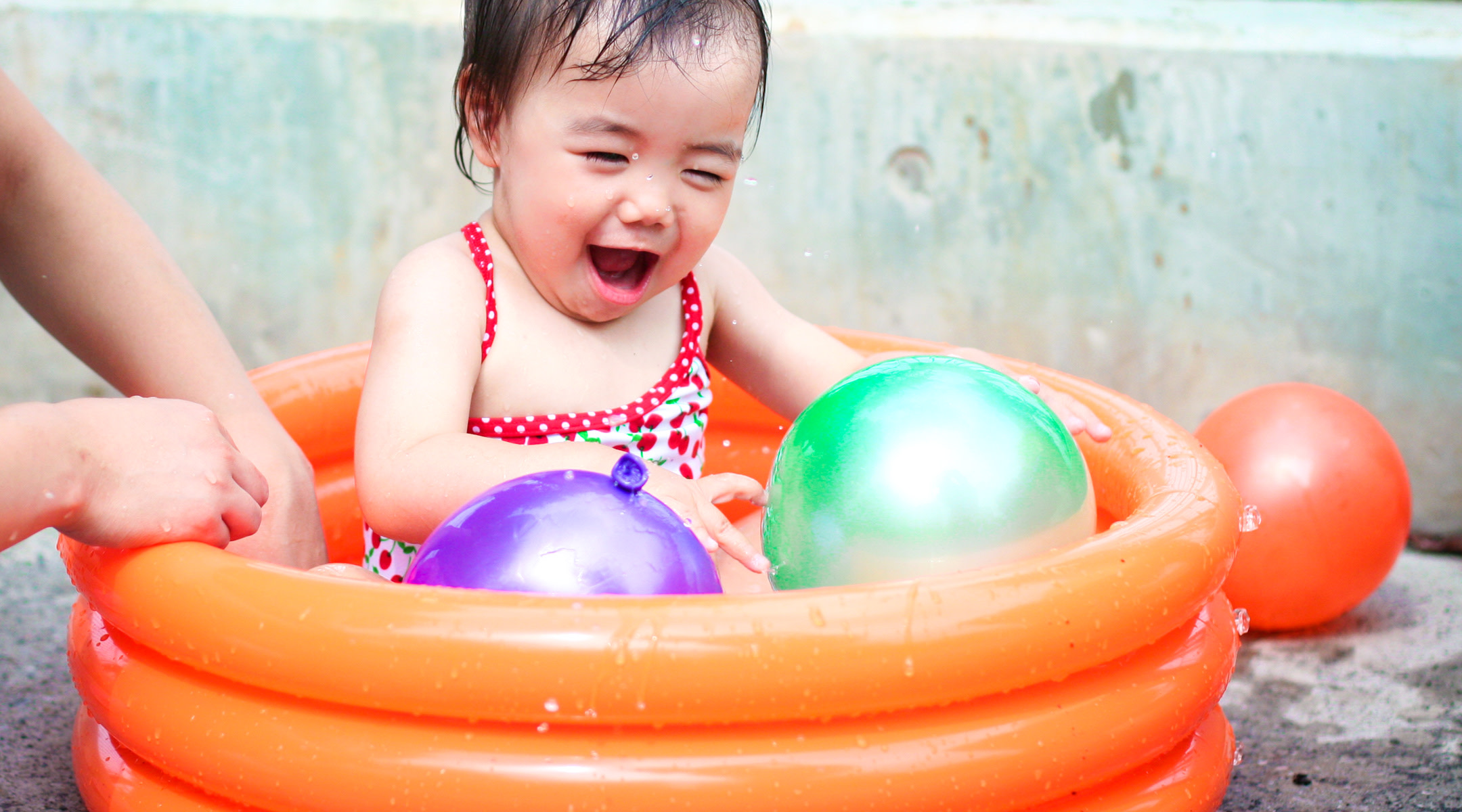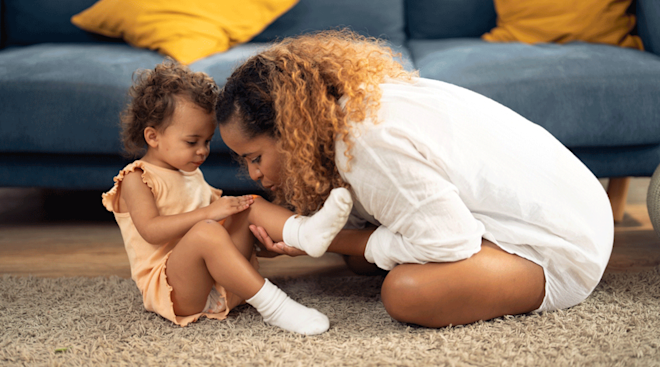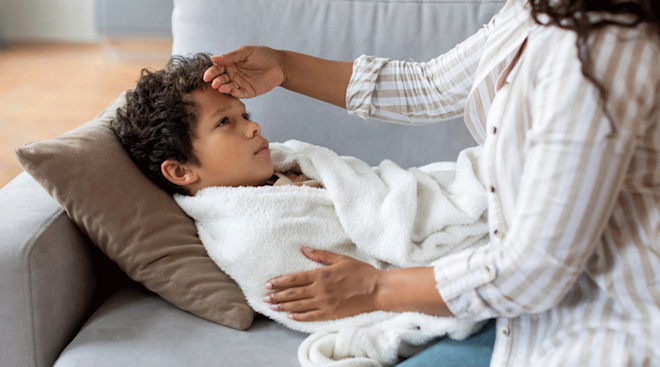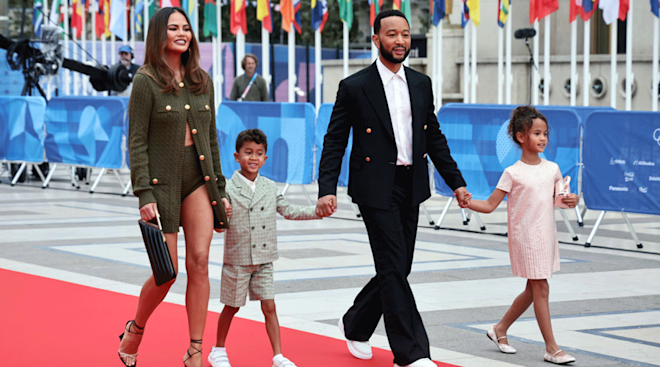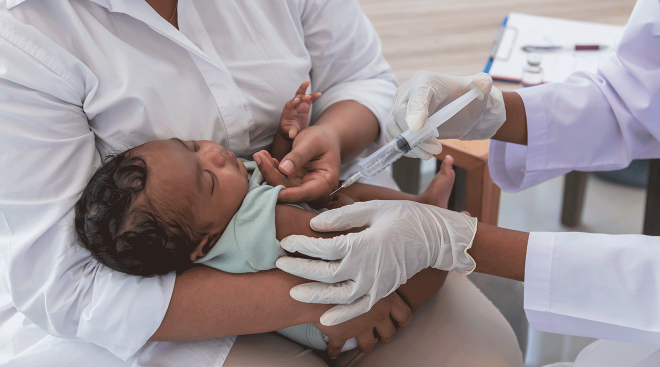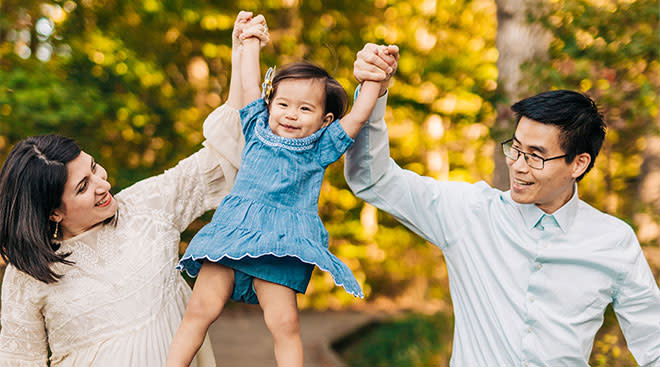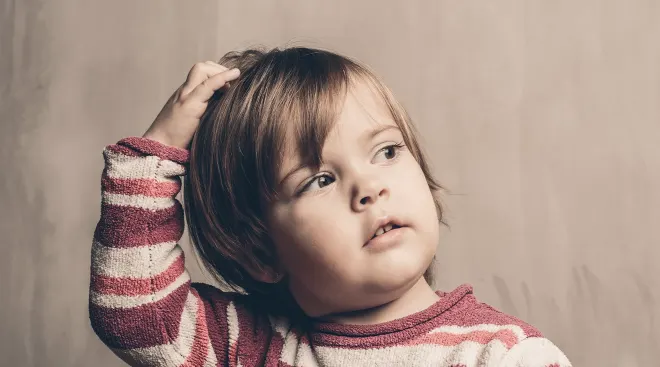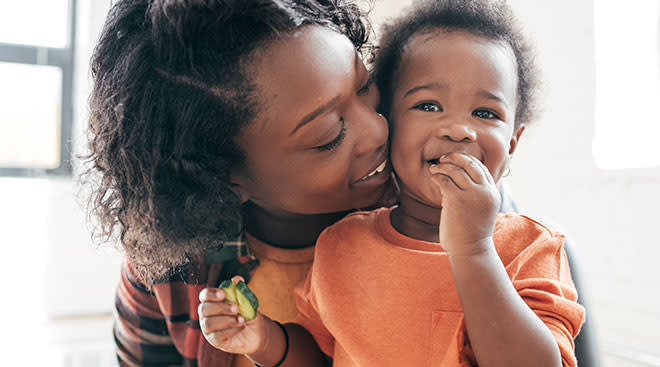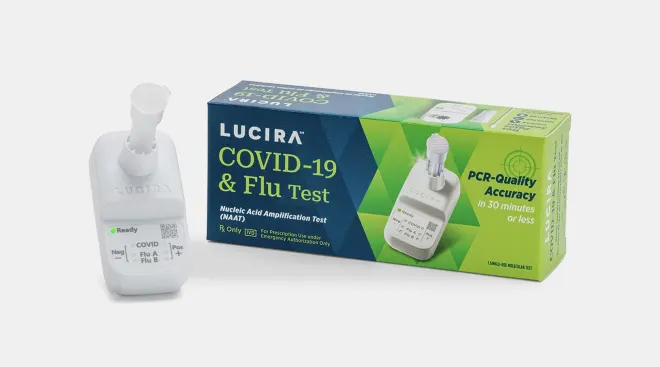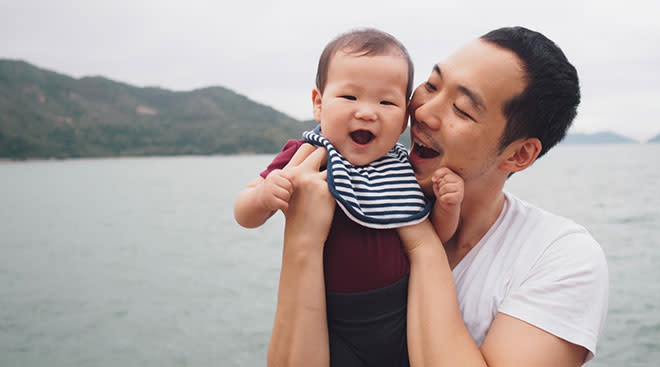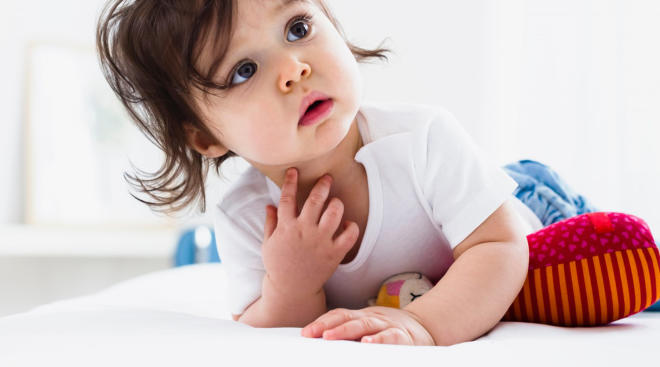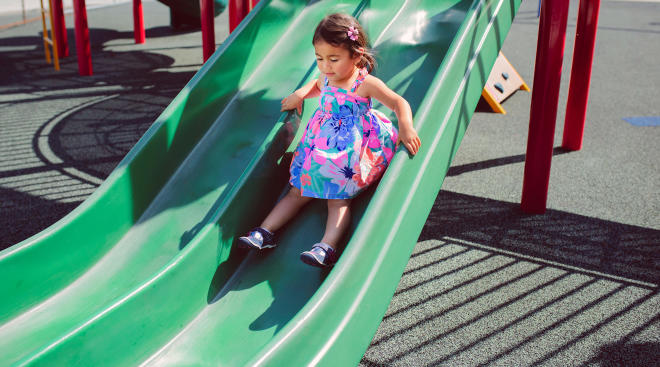Swim Gear for Toddlers
You’re right to be concerned about safety: According to the CDC, drowning is now the number one cause of accidental death in children ages one to four. But when it comes to swim safety, parental supervision is far more important than safety gear.
“Floaties, swimmies, water wings and swim suits with flotation panels are not recommended because they’ve not been shown to be helpful in preventing drowning,” says Michael Lee, MD, a pediatrician at Children’s Medical Center in Dallas. “In fact, they may even put the child at risk for drowning. Even life jackets, when used without supervision, can be dangerous. A life jacket can give a false sense of security if your child doesn’t know how to maneuver in the water.”
So stay within arms’ reach of your toddler, whenever he’s around water, and keep your full attention on him (that means no texting, no reading and no drinking on the job! — sorry). If you want or need to take a break, make sure you’ve officially passed supervision duties on to another competent adult.
Consider signing your toddler up for swim lessons. According to the American Academy of Pediatrics, there’s evidence children ages one to four may be less likely to drown if they have had formal swimming instruction. “There’s some data that says swimming lessons for toddlers may be helpful, not for independent swimming, but for emergencies — in the sense that the kids are used to water and they are taught, depending on their age, to grab for the side and shimmy along the side of the pool until they reach the stairs and can walk out,” says Michael Lee, MD, a pediatrician at Children’s Medical Center in Dallas.
The AAP also says that kids should wear properly fitted life jackets when boating or swimming. (If you want to be really safe, strap the life jacket on whenever you’re near water.) Look for U.S. Coast Guard–approved life jackets. Types I, II and III are approved for use on children, but you’ll probably want a Type II — it’s more comfortable than Type I and is more appropriate for the calm water activities your child is likely to be participating in. Type II life jackets include a floatation collar, extra material behind the head that is designed to hold the head up and out of the water in case of accidental submersion. Type III life jackets don’t include that extra collar; they look like padded vests and will not hold a child’s head above water.
Life jackets come in different sizes, based on your child’s weight. Infant sizes are designed for children under 30 pounds, so your toddler may well need an infant life jacket. Youth life jackets are for kids between 30 and 50 pounds, while child life jackets are for kids between 50 and 90 pounds. A properly fitted life jacket should not ride up over your child’s head when he raises his arms, or when you pull up gently on the life jacket.
Remember, though, a life jacket is no substitution for supervision. Keep your toddler close when near water.
Please note: The Bump and the materials and information it contains are not intended to, and do not constitute, medical or other health advice or diagnosis and should not be used as such. You should always consult with a qualified physician or health professional about your specific circumstances.
Plus, more from The Bump:
Navigate forward to interact with the calendar and select a date. Press the question mark key to get the keyboard shortcuts for changing dates.
































